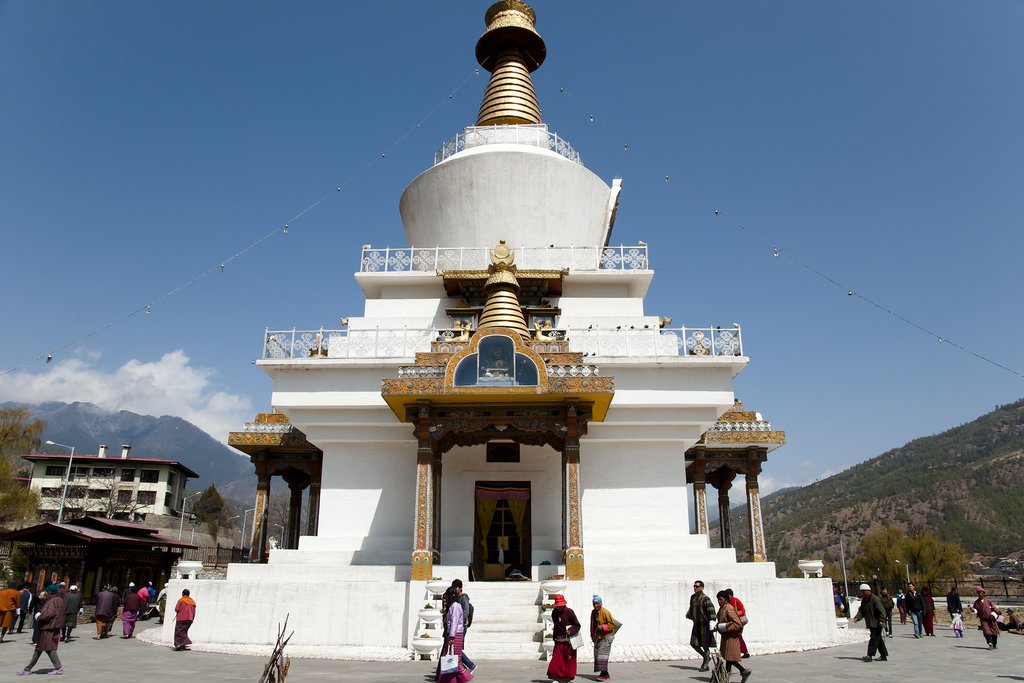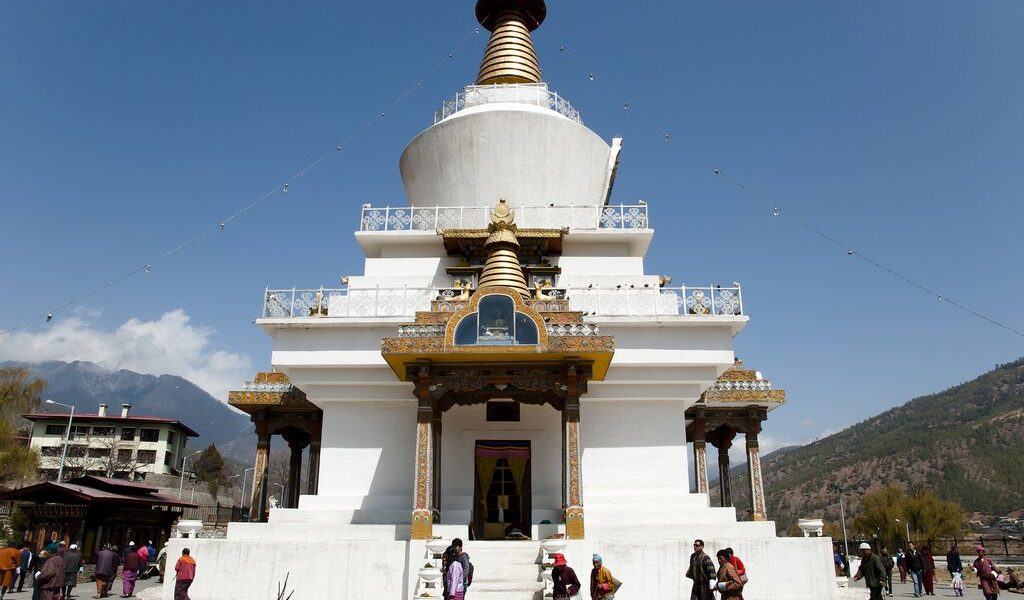
The first half of September sees lingering monsoon rain in Bhutan, but by later in the month the skies have cleared and the tourists are flocking back. September is the start of Bhutan’s busiest season, and for good reason: the conditions for trekking and walking in the countryside are perfect. Here are some important things to know about traveling to Bhutan in September.
## Bhutan in September: A Comprehensive Travel Guide
September marks a transitional period in Bhutan, offering a delightful blend of pleasant weather and vibrant cultural experiences. While some rainfall is still possible, particularly in the earlier part of the month, the intensity of the monsoon season significantly diminishes, paving the way for more comfortable travel conditions. For those seeking to minimize their chances of encountering rain, planning your trip for the latter half of September is advisable. Although a complete guarantee of rain-free days is impossible, the probability of experiencing substantial rainfall during this period is considerably low.
Temperature-wise, September remains relatively warm, with conditions only slightly cooler than those experienced during the monsoon season. However, the reduced humidity levels contribute to a more agreeable climate. It’s crucial to remember that altitude plays a significant role in determining temperatures across Bhutan, a country characterized by its varied topography. While much of Bhutan sits at considerable elevations, certain regions, such as the southern areas surrounding the **Royal Manas National Park**, are situated at lower altitudes. These areas tend to remain warmer in September, with temperatures typically ranging from 75-88° F (24-31° C).
Venturing into the mid-hills, temperatures become noticeably milder. In **Punakha** (4250 feet/1300 m), for example, average temperatures hover between 68 to 81° F (20 to 27° C). The capital city, **Thimphu**, situated at a higher altitude of 7200 feet (2200 m), experiences cooler temperatures throughout the year. In September, temperatures in **Thimphu** typically range from 59 to 73° F (15 to 23° C), making it an ideal destination for those seeking a respite from the heat.
September heralds the commencement of Bhutan’s peak autumn season, a period that attracts a larger influx of visitors compared to the spring peak season. Nevertheless, it’s important to note that Bhutan’s tourism policy, which restricts visitor numbers through its visa requirements and tour packages, ensures that the country never becomes overwhelmingly crowded. This allows travelers to enjoy the beauty and culture of Bhutan without feeling overwhelmed by throngs of tourists.
If your September travel plans revolve around witnessing one of Bhutan’s spectacular festivals, it is highly recommended that you make your flight and tour bookings as early as possible. Accommodation options in the vicinity of popular festival venues tend to fill up quickly due to high demand. Booking in advance will save you from the disappointment of missing out.
With the exception of the southern regions surrounding the **Royal Manas National Park**, which may still be characterized by hot and humid conditions in September, virtually all areas of Bhutan are accessible and enjoyable during this time. However, for those with inclinations to visit more remote destinations, such as eastern, central, or far western Bhutan, which require extended mountain drives or domestic flights, it is prudent to postpone your trip until later in September. This will allow the lingering effects of the monsoon season to subside, ensuring smoother and safer travel.
As September progresses, the conditions become increasingly favorable for trekking adventures. Road access to trailheads is typically cleared after the monsoon rains, and the skies tend to clear up, offering breathtaking views of the surrounding landscapes. Bhutan boasts a plethora of trekking routes to suit varying levels of experience, fitness, and preferences. The renowned **Snowman Trek** stands as a classic and a bucket-list item for many seasoned trekkers. Regarded as one of the most challenging treks globally, it involves traversing nine exceptionally high passes and spans approximately 25 days.
For a somewhat shorter yet still demanding trek, consider the **Jomolhari-Laya Gasa Trek**, which typically takes around two weeks to complete. Often lauded as the most scenic trek in Bhutan, this route meanders through alpine meadows, crosses high mountain passes, and delves into lush jungles, providing trekkers with a diverse and unforgettable experience. If you prefer a less strenuous and shorter option, numerous walking trails can be found around villages and towns, offering opportunities to immerse yourself in the local culture and enjoy the natural beauty of Bhutan at a more leisurely pace.
September is also a month filled with vibrant cultural events. The **Thimphu Tsechu**, a four-day festival held in either September or October, is one of the most significant tsechus in Bhutan and a major draw for visitors. Given its popularity, it is crucial to book your tour and flights well in advance to ensure you don’t miss this spectacular event.
Another notable event is the **Haa Tsechu**, a two-day festival held in the charming western Bhutan town of **Haa**. The festivities are split between the **Haa Dzong** and the **Lhakhang Karpo chapel**, offering visitors a unique glimpse into Bhutanese traditions and spirituality.
In the **Bumthang Valley**, the **Tamshing Phala Choepa** festival takes place over several days in September. Celebrations are held at both **Tamshing Gompa** and **Thangbi Gompa**, providing an opportunity to experience the rich cultural heritage of central Bhutan.
These festivals provide an opportunity to discover the unique cultural tapestry of Bhutan.
B-165

